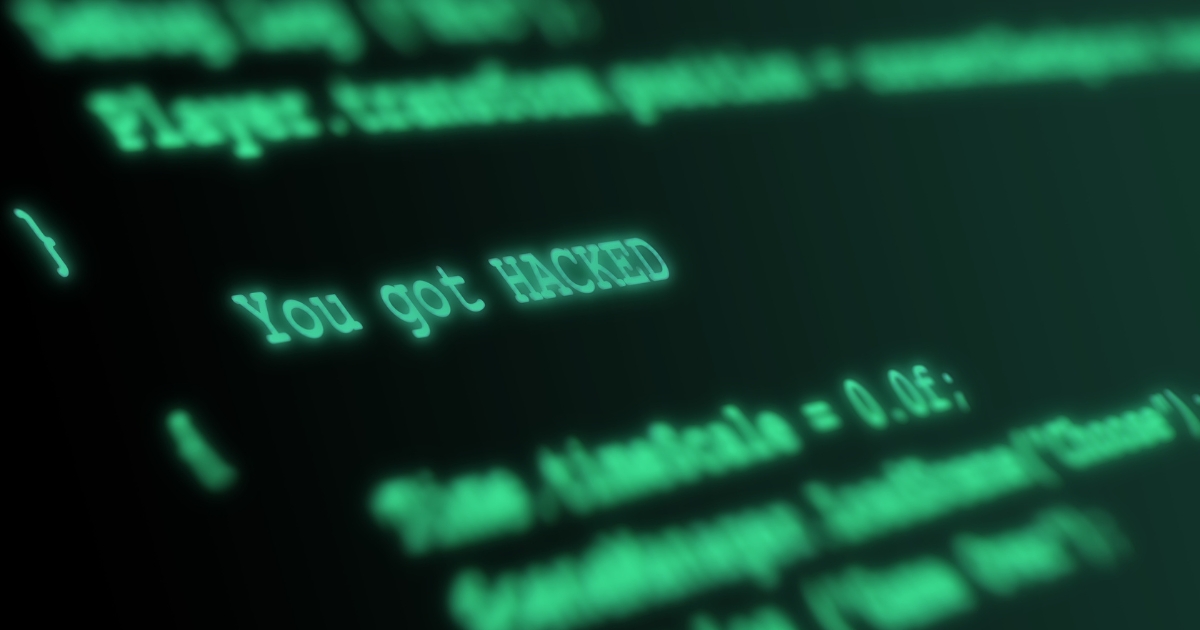Not Another Cybersecurity Blog - Upping the Ante on Yacht Security

From the start of this article, I promise not to bore you with all the latest regulations or to scare you with potential risks. Instead, I hope to simplify perspectives on how to protect your vessel and all aboard, steering clear of that dreaded word ‘cybersecurity’ as best I can.
To start off, I want to ask you four questions:
- Have you, or anyone you know, had their online bank account compromised?
- Have you, or anyone you know, had their social media account hacked?
- Have you received a concerning email or message that has left you feeling vulnerable?
- Do you keep your password on a notepad, excel sheet or other non-encrypted format?
I’m assuming you have answered yes to at least one of these questions. Now let's think about where you lie on the wealth scale compared to the companies and owners we serve day in and day out. Quite far behind, I should imagine. But if you yourself have been compromised, imagine how often they are targeted.
In the superyacht industry, we serve some of the richest and most famous people in the world, and it would be highly embarrassing for you and everyone involved if a guest's security was compromised, or if the vessel's navigation systems fell under remote control due to neglect and a lack of protective measures on your part. That would be a bad day.
Are you confused about cybersecurity?
Cybersecurity and IMO regulations have been buzzwords across the maritime industry for some years. When it comes to yacht security, however, many of us simply aren't doing enough, leaving IT infrastructures vulnerable to attack, with the potential to expose anything and everything connected to the internet.

I believe that most superyachts don't have adequate security measures in place due to a lack of knowledge and uncertanties around what could happen. The high cost of traditional cybersecurity solutions can also deter decision makers; often it is seen as an unnecessary additional cost on the basis that "we’ve been fine so far, haven't we?". I'm sure if they were fully aware of the implications, this would change. Even then, there is much confusion around the practical measures that need to be put in place, and many people get lost and overwhelmed by the ins and outs of what they need to do, consequently they fail to take action until they have already fallen victim to a cyber attack.
In today's connected world, cyber crime is only going to increase, so it's crucial to prioritise the regular installation of security patches to maintain a resilient IT infrastructure on board. This includes upgrades to firmware which many vessels neglect to do, leaving themselves vulnerable to the latest security threats. It also prevents vessels from accessing new features and optimising performance, so it really is essential to be proactive in updating and maintaining equipment.
I would suggest kicking things off by asking your IT company if they can recommend a solution or, if you don't have an IT company, do some due diligence by asking others. Failing that, we would be happy to guide you to a preferred IT provider.
Extending your IT perimeter to the cloud
As of 2023, cloud computing has emerged as the leading server operation and service model. Consequently it has become increasingly important to streamline security measures and consolidate all backup and endpoint security.
The IT perimeter of a superyacht is no longer confined to the onboard environment. Each ship has multiple online accounts with unique usernames and passwords ranging from Office 365 to Netflix, many of which are linked to cloud services, expanding security boundaries far beyond the vessel.

As we said, many individuals do not take action until they experience a security breach first-hand. However, in today's world, where almost every smart system is connected to the internet, it is crucial to ensure that your IT infrastructure is as resilient as possible and that your vessel's private information is secured and backed up. Leaving it open and susceptible to attacks is akin to leaving your front door unlocked at night while you sleep.
A clearer path to cybersecurity
Traditionally, vessels have had separate antivirus software, data recovery, and cybersecutiry software for each machine, but multiple accounts, logins and pieces of software can lead to problems. Now, with both traditional and cloud solutions in a hybrid scenario, managing cybersecurity can become confusing even for the most experienced IT administrator.
Wouldn't it be nice if there was a single solution to take care of all security - on board and in the cloud - with one simple login and user interface to manage everything? This would provide complete protection for the entire IT perimeter for every end-user, and every client, regardless of their location. A centralised system for monitoring and managing security risks would greatly reduce workload as well as human error, as most tasks would be automated.
Now, imagine if that solution were AI-powered, becoming more efficient, consist and accurate. A unified solution could effectively manage all clients from a single platform, segmented by vessel/fleet or organisation. Imagine if this same solution could not only identify potential threats but also send you an alert, allowing for immediate patching on the fly or firmware updates for your hardware. Such a system would drastically reduce the response time for IT administrators and greatly enhance the safety and security of vessels and their crew.
A single, centralised solution for all security concerns would be a game-changer in terms of efficiency, ensuring the security and resilience of your entire IT infrastructure.
Contact YOT ltd if you are interested in finding out more.


Post your comment
You cannot post comments until you have logged in.
Login to post a commentComments
No one has commented on this page yet.
RSS feed for comments on this page | RSS feed for all comments